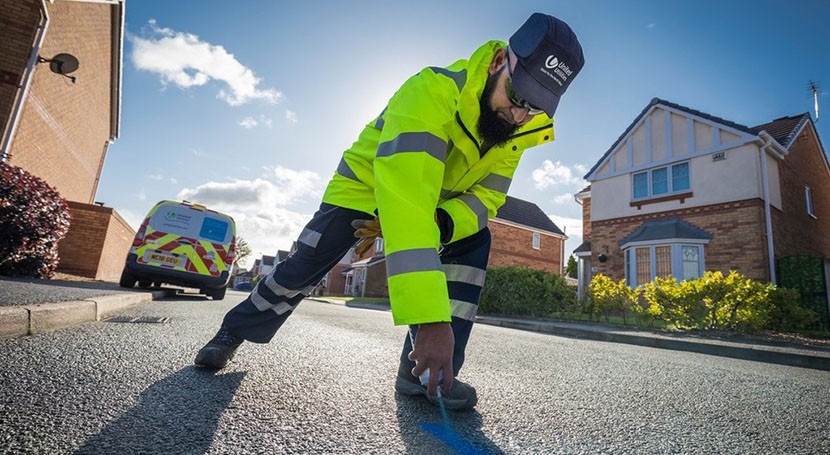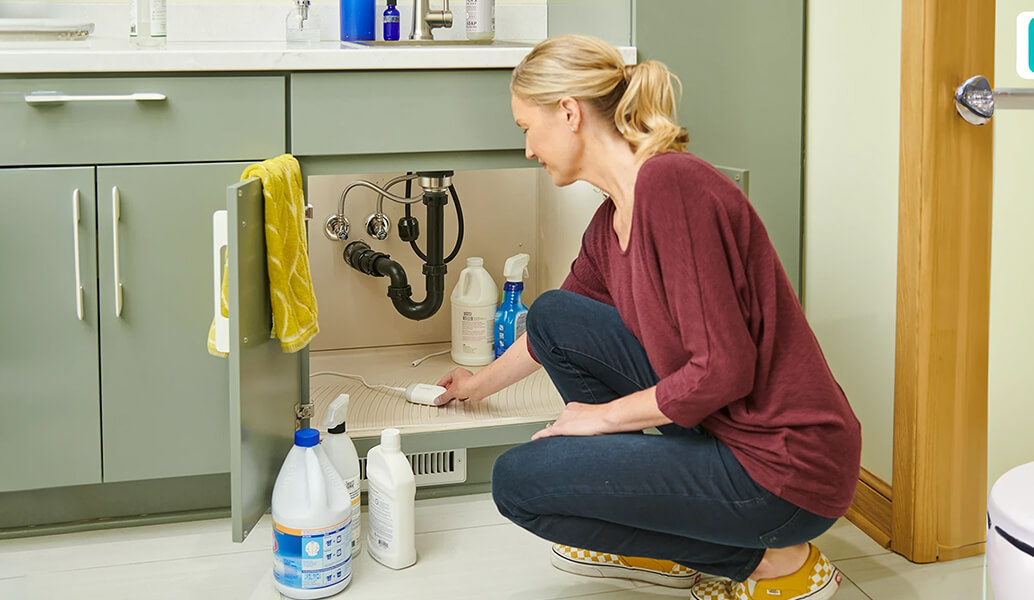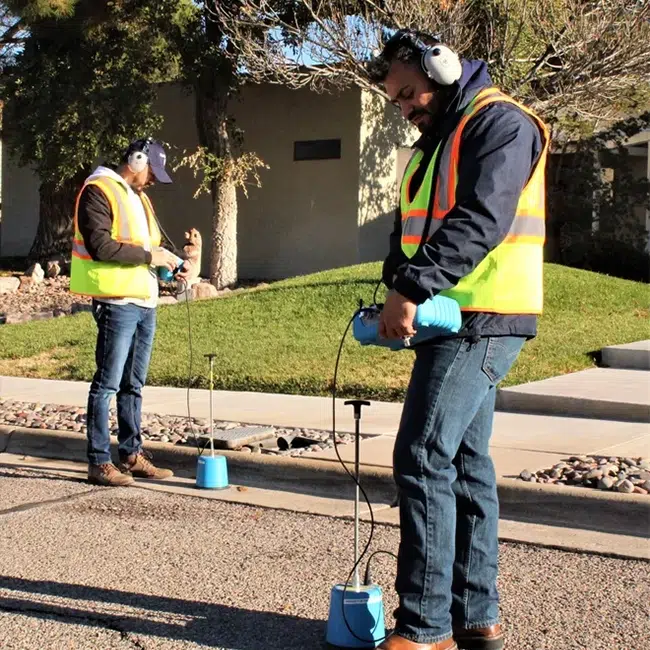Discover Reliable Water Leak Detection Solutions for Accurate and Fast Outcomes
Discover Reliable Water Leak Detection Solutions for Accurate and Fast Outcomes
Blog Article
Cutting-edge Solutions for Very Early Discovery of Water Leaks in Structures and Infrastructure
From sophisticated leakage detection innovations to the release of IoT sensing units for real-time monitoring, the landscape of leakage prevention is evolving rapidly. Automated water circulation analysis systems are improving exactly how leaks are recognized and addressed, leading the means for an aggressive method to water leakage discovery.
Advanced Leak Detection Technologies
Advanced leak detection technologies, equipped with advanced sensing units and algorithms, play a crucial function in promptly recognizing and pinpointing water leakages in various settings. These modern technologies utilize a mix of acoustic, thermal, and electromagnetic noticing approaches to discover leaks properly. Acoustic sensors detect the noise of getting away water, enabling precise localization of the leakage source. Thermal imaging spots temperature changes caused by water leak, giving an additional reliable approach for leak recognition. Electromagnetic sensing units can recognize changes in magnetic fields brought on by water, providing yet an additional layer of leakage detection ability.

IoT Sensors for Real-Time Monitoring
In the realm of contemporary water leak discovery, the assimilation of IoT sensors for real-time surveillance stands for a crucial development in improving positive leakage detection abilities. These sensing units use continual tracking of water supply, providing real-time data on water circulation rates, stress variants, and temperature level modifications. By leveraging IoT technology, these sensors can spot also the smallest anomalies in water use patterns, making it possible for early recognition of prospective leaks before they rise into major problems.
IoT sensing units transfer data to a central platform, where sophisticated formulas evaluate the information and produce informs or notifications when abnormalities are found. This real-time surveillance ability permits residential property owners or center managers to without delay attend to leaks, decreasing water damage, lowering repair prices, and conserving water sources.
Furthermore, IoT sensing units can be incorporated with building administration systems, permitting automatic reactions to spotted leaks, such as turning off water shutoffs or activating pumps to reduce the impact of leaks. On the whole, the implementation of IoT sensors for real-time monitoring substantially improves the efficiency and effectiveness of water leak detection in buildings and infrastructure.
Artificial Intelligence Algorithms for Leak Forecast

One secret advantage of making use of machine learning for leakage forecast is its capability to continuously find out and boost its precision in time. As even more information is collected and fed right into the formula, it can refine its forecasts and adjust to altering conditions, ultimately increasing the reliability of leak discovery systems.
Moreover, equipment learning formulas can assist in determining subtle signs of leaks that may go undetected by standard surveillance approaches. water leak detection. By examining complex information collections in real-time, these algorithms Visit This Link can provide early cautions and notifies, enabling punctual intervention and preventative upkeep to alleviate prospective water damage and connected prices
Utilizing Thermal Imaging for Leakage Discovery
Thermal imaging technology supplies a promising strategy for spotting water leaks in various systems and frameworks. By making use of infrared radiation and temperature differences, thermal imaging cameras can determine concealed leaks that are not conveniently noticeable to the naked eye. When water runs away from pipes or structures, it usually transforms the temperature of the bordering area, developing temperature level differentials that thermal video cameras can catch. These temperature abnormalities are after that translated right into visible images, highlighting the precise place of the leak.
One of the essential benefits of thermal imaging for leak discovery is its non-intrusive nature. Unlike traditional techniques that may call for burglarizing wall surfaces or floorings to situate leaks, thermal imaging enables for non-destructive testing. This not only saves time and minimizes prices yet also reduces disruption to the building or infrastructure being examined. In addition, thermal imaging can promptly scan huge areas, providing an extensive introduction of potential leak sources in a prompt manner. Overall, using thermal imaging innovation enhances the efficiency and accuracy of water leakage discovery, making it an important tool for keeping the stability of structures and infrastructures.
Automated Water Flow Analysis Solutions
Exactly how can automated water circulation analysis systems reinvent the detection and administration of leakages in numerous systems and facilities? Automated water circulation evaluation systems use a proactive method to leak discovery by continually keeping track of water flow rates and patterns. By establishing standard data, these systems can swiftly determine variances that might show a leak, enabling punctual treatment to prevent considerable damage.
These systems use innovative algorithms to evaluate real-time information and offer instant signals when anomalies are identified, enabling speedy action to be taken. In addition, automated water circulation analysis systems can be integrated i thought about this with building monitoring systems or IoT platforms, improving general performance and making it possible for remote surveillance capacities.
Moreover, the data gathered by these systems can be utilized for anticipating maintenance purposes, aiding to recognize potential powerlessness in the infrastructure before leakages take place. Overall, the implementation of computerized water flow analysis systems can substantially enhance leakage discovery and administration practices, ultimately causing cost savings, reduced water waste, and increased sustainability in buildings and framework.

Conclusion
To conclude, the combination of innovative leakage discovery technologies, IoT sensing units, artificial intelligence algorithms, thermal imaging, and automatic water flow evaluation systems offers innovative remedies for early discovery of water leaks in buildings and great site facilities. These modern technologies allow real-time monitoring, prediction of leakages, and efficient detection methods to prevent water damage and wastefulness. Implementing these services can assist in keeping the stability and sustainability of water supply in different setups.
Report this page